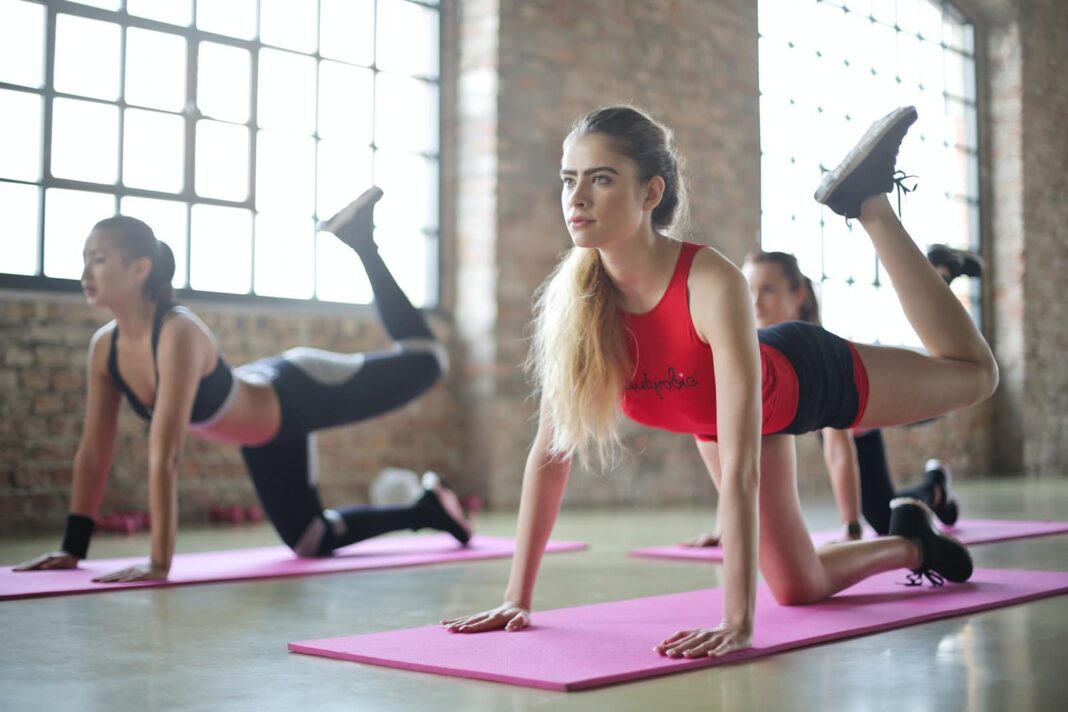Adolescent girls are not getting enough physical activity. On World Obesity Day, WHO is focusing on this problem that is growing worldwide and can have serious effects on health and well-being. A new study into the ‘Barriers and Facilitators of Physical Activity Participation in Adolescent Girls’ brings good news – there are some clear steps to change this picture.
Competitiveness is something girls want to avoid
Matilde, a teenager from Portugal, has been engaged in several sports throughout her childhood, including ballet, karate, swimming and volleyball. But now, at the age of 16, she is no longer physically active “mainly due to lack of time and lack of support from peers”, she says.
“Older girls quit sports because school and academic activities are too demanding, and we tend to get involved in other activities that require less effort and motivation,” she adds. “Competitiveness is definitely something that most girls want to avoid at this age, and it is very present at typical boys’ activities.”
Participation of girls in exercise declines with age
A comprehensive WHO review of physical activity (PA) participation among girls between the ages of 10 and 19 found that urgent action needs to be taken to protect the welfare of the current generation of young people while safeguarding their long-term health.
“Globally, around 85% of girls do not meet the WHO recommendations of at least 60 minutes per day of moderate to vigorous PA,” says Stephen Whiting, Technical Officer at the WHO European Office for the Prevention and Control of Noncommunicable Diseases and one of the authors of the study. “The same level for boys is around 78%. Participation of girls in exercise and sports also declines throughout adolescence.”
Physical activity for adolescents: self-esteem and cognitive benefits
Regular physical activity has well-known positive effects for the prevention and control of noncommunicable diseases (NCDs), such as cardiovascular diseases, cancer, diabetes and depression, as well as reduced overall mortality and risk of premature death. In children and adolescents, adequate PA also provides benefits to cognitive development, motor skills, self-esteem, social integration, musculoskeletal health, academic achievement, and overall well-being.
Encouraging mobility: city infrastructure can help
“A big change happened when we moved from the USA to Sweden,” says Sebastian Johnson-Cadwell, a father of 3 who lives near Malmö, Sweden. “In Los Angeles, you’d walk from the house to the car and then the office or school and back again. And you wouldn’t really consider public transport. Here, even if they get the bus to school, they have to walk 5 to 10 minutes each end. The public infrastructure certainly helps their mobility, literally, in the sense of walking about.”
Policy-makers should consider the design of their towns and cities to promote active commuting in places where parents predominantly take their children to school by car.
“The safety and attractiveness of the environment was found to be one of the key factors that determined whether adolescent girls were physically active,” says Stephen Whiting.
Physical activity at school: more support needed
“In her younger teenage years, she joined in with innebandy – known as floorball, a national Swedish sport – and things like that,” says Johnson-Cadwell of his 17-year-old daughter. “But she’s an older teen now. And so, she does fewer group activities. We’ll go out to walk the dog a couple of times a day and she’ll often come along. But otherwise, almost the only sport she would get would be through school.”
For this reason, one of the most vital areas identified for action by WHO is not just changes to the school curriculum, but to identify physical activity opportunities before, during and after the school day.
Stephen Whiting highlights that “whole-of-school approaches that link the school curriculum with the broader school environment and local community programmes can be applied in practice to increase participation of adolescent girls”.
The approach should be broadened to include more training for teachers, and to recruit the involvement of family and peers.
Breaking down barriers
WHO/Europe has now published the factsheet ‘Barriers and Facilitators of Physical Activity Participation in Adolescent Girls’ which summarizes the findings of the study and identifies areas for action that align with the WHO European Programme of Work 2020–2025 (EPW).
Evidence-based policy actions that incorporate a gender-responsive approach are needed to improve the participation levels of adolescent girls in PA and sports. These actions can break down the barriers to PA among adolescent girls – factors such as lack of time, a perceived lack of competence in sports, and neighbourhood safety concerns.
The factsheet highlights a host of facilitators that can address the decline in physical activity among girls during adolescence – everything from promoting the social opportunities of participation and weight-loss benefits, to a focus by the media on changing norms in society – meaning there is considerable hope for reversing this long-term trend.









